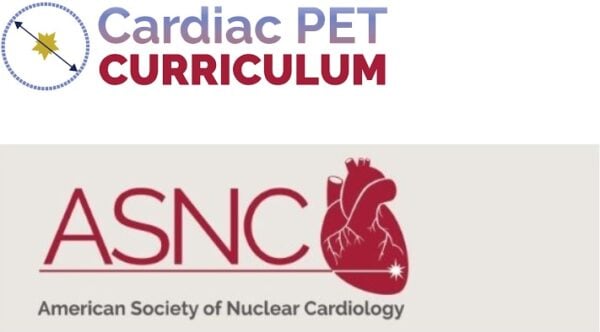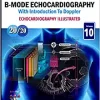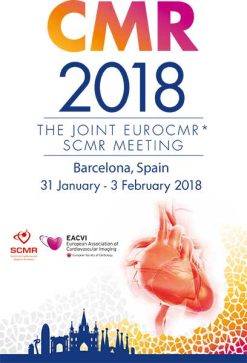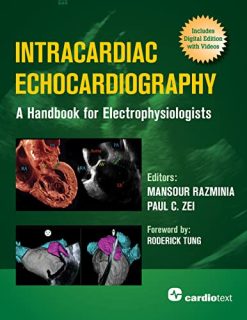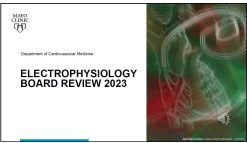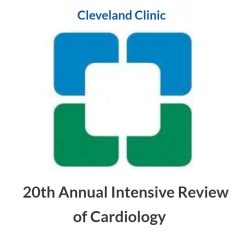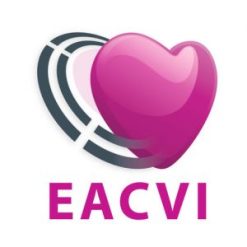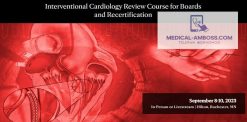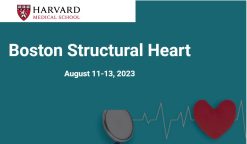ASNC’s new Cardiac PET Curriculum is designed to improve your knowledge and understanding of cardiovascular PET imaging. The Cardiac PET Curriculum contains a series of 26 modules addressing the fundamentals of PET imaging, hardware, and software associated with PET scanners, clinical applications with case-based scenarios, and detailed protocols for use.
Learner Objectives
After participating in this activity, learners should be able to achieve the following:
- Differentiate the clinical value of PET versus SPECT imaging
- Describe the various hardware and software options for PET imaging and their strengths and limitations
- Employ procedures to ensure PET studies are acquired appropriately for clinical PET studies.
- Explain the various PET imaging protocols and patient preparation critical to performing appropriate PET studies
- Describe how to acquire and report myocardial blood flow results from a PET perfusion study
- Detail shielding, patient preparation and other regulatory requirements to establish a PET facility
Course Content
The ASNC Cardiac PET Curriculum offers 8 topics with 26 modules:
| Module | Faculty |
| Part I: Basics of Cardiovascular PET | |
| Module 1. Physics of Cardiovascular PET | Kenneth Nichols, PhD & James A. Case, PhD |
| Part II: Instrumentation | |
| Module 2. Instrumentation of Cardiovascular PET | James Galt, PhD |
| Module 3a. Acquisition and Processing for Cardiovascular PET | Piotr Slomka, PhD |
| Module 3b. PET Quality Control, Corrections and Processing | James A. Case, PhD |
| Module 4. Hybrid Imaging | James A. Case, PhD |
| Part III: Cardiovascular PET Tracers | |
| Module 5a. Cardiovascular PET Tracers – Part a | Aldo Schenone, MD |
| Module 5b. Cardiovascular PET Tracers – Part b | Al Sinusas, MD & Bryan Young, MD, PhD |
| Part IV: How To Perform Cardiac PET | |
| Module 6. How to Perform a 82Rb Perfusion Study | Paul Cremer, MD |
| Module 7. How to Perform a 13N-NH3 Perfusion Study | Sharmila Dorbala, MD |
| Module 8. How to Perform a PET Myocardial Blood Flow Evaluation | Cesia Gallegos-Kattan, MD, MHS |
| Module 9. How to Perform an 18F FDG Viability Study | Gary Small, MB ChB, PhD, Christiane Weifels, MD, MSc, & Rob S.B. Beanlands, MD |
| Module 10. How to Perform an 18F FDG Infection/Inflammation Study | Wengen Chen, MD, PhD |
| Part V: Clinical Data | |
| Module 11. Cardiac PET Myocardial Perfusion Imaging Including Myocardial Blood Flow Assessment in Clinical Studies | Krishna Patel, MD, MSc |
| Module 12. Interpretation and Reporting of Cardiac PET Myocardial Perfusion Studies | Andrew Crean, MD & Ali Pedarzadeh, MD |
| Module 13a. Low Dose CT with Cardiac PET Perfusion | Randall C. Thompson, MD |
| Module 13b. A Radiologist’s Approach to Reviewing the CT Attenuation Correction Images for Important Incidental Findings | Michael Steigner, MD |
| Part VI: Non-Perfusion PET Imaging | |
| Module 14. Myocardial Viability with PET Clinical Data | Wael Jaber, MD |
| Module 15. Cardiac Sarcoid PET Imaging Clinical Data | Edward Miller, MD, PhD |
| Module 16. Infection PET Imaging with 18F-FDG Clinical Data | Gabriel Grossman, MD, PhD |
| Part VII: Interactive Case Studies | |
| Module 17a. Case Review – 82Rb PET Perfusion Imaging – Part a | Mouaz Al-Mallah, MD & Talal Alnablesi, MD |
| Module 17b. Case Review – Myocardial Blood Flow with 82Rb PET Imaging | Mouaz Al-Mallah, MD & Talal Alnablesi, MD |
| Module 18. Case Review – 13N-NH3 Myocardial Perfusion Imaging Myocardial Blood Flow with 13NH3 PET Imaging |
Sabahat Bokhari, MD |
| Module 19. Case review – Non-Perfusion Imaging – Viability | Serge C. Harb, MD |
| Module 20. Case review – Non-Perfusion Imaging – Sarcoid | Panithaya Chareonthaitawee, MD |
| Module 21. Case Review – Non-Perfusion Imaging – Infection and Inflammation | Fabien Hyafil, MD, PhD |
| Part VIII. Establishing a PET Facility | |
| Module 22. Planning a PET facility | Gary Heller, MD, PhD |

